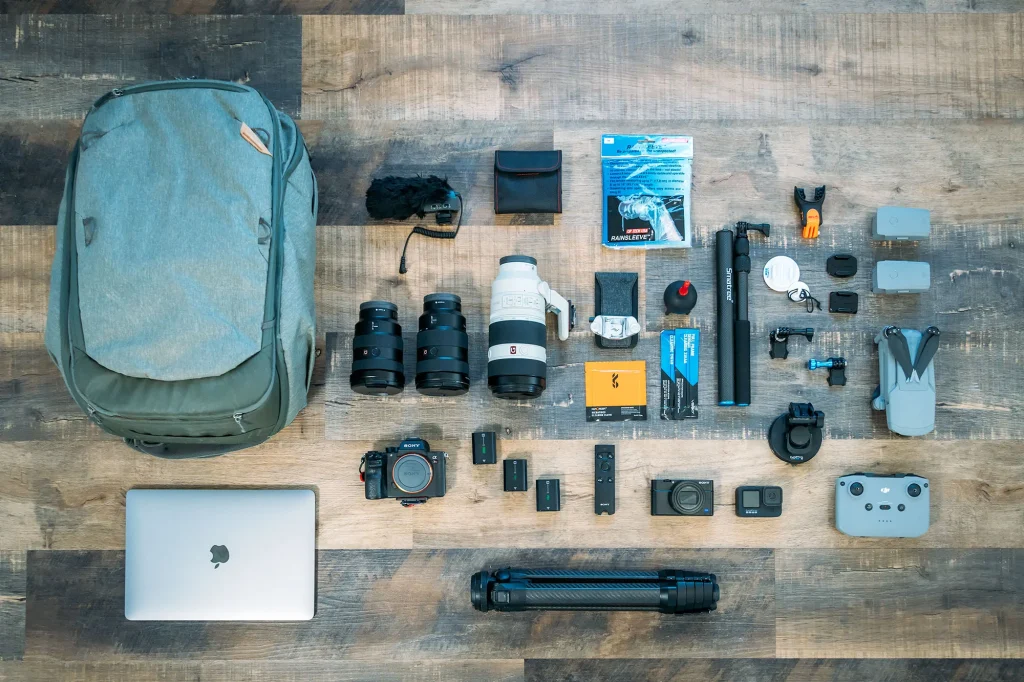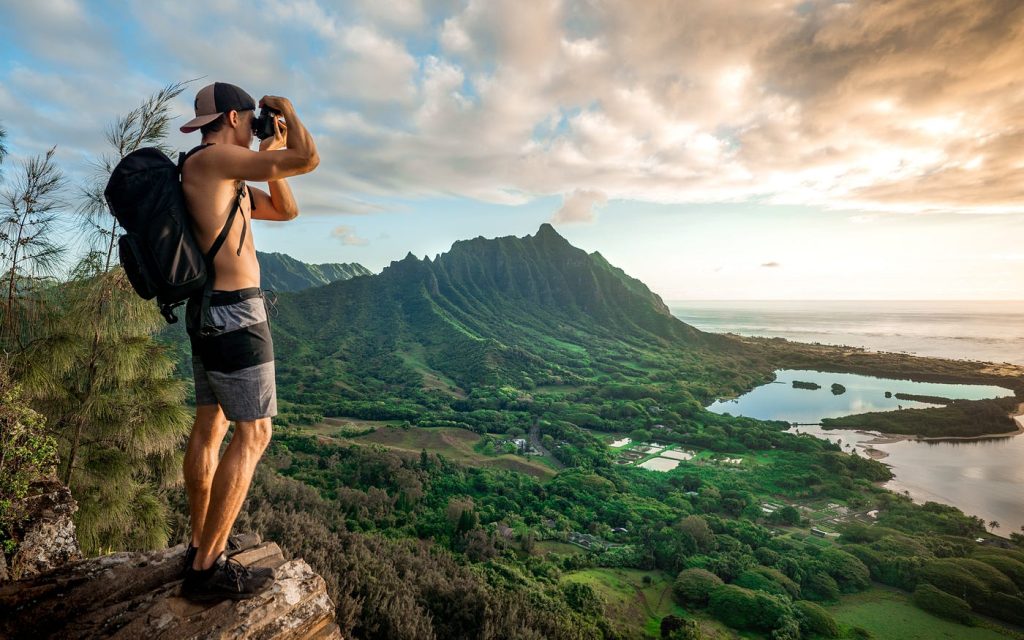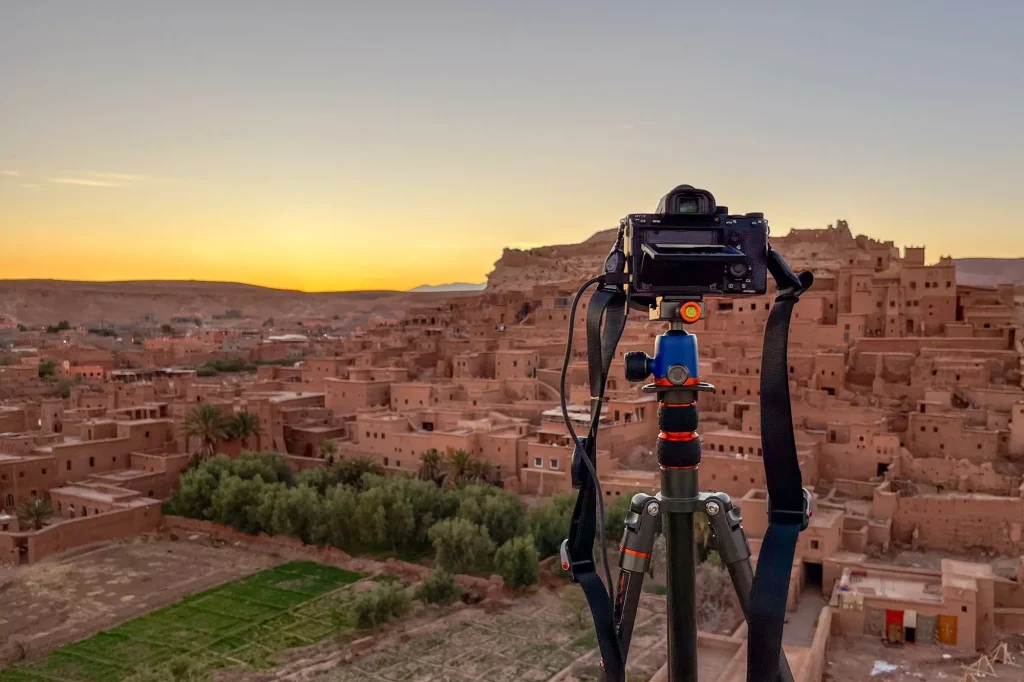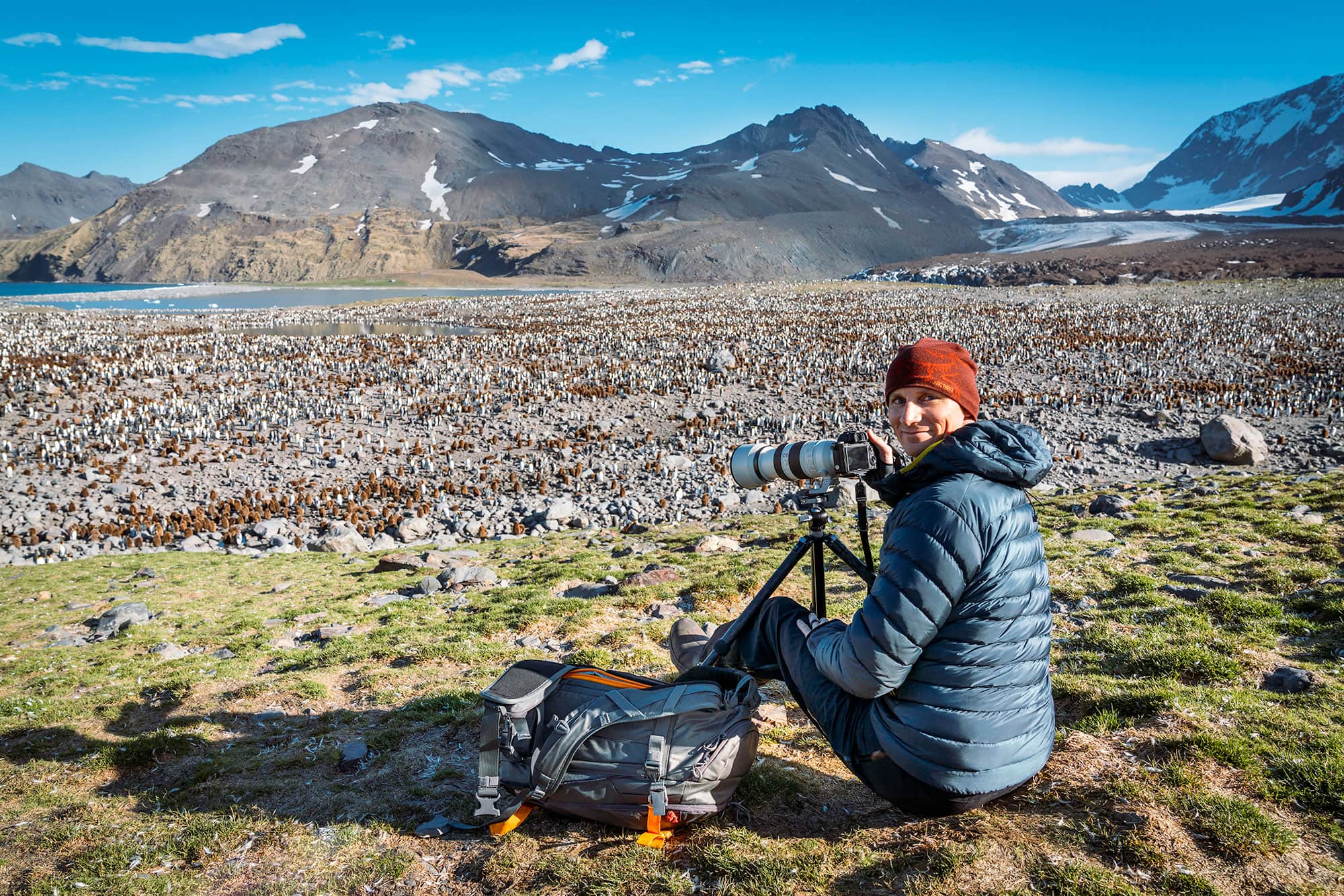Travel photography is one of the most rewarding ways to capture the essence of the places you visit. It allows you to preserve memories, share experiences, and even tell stories through your images. However, for beginners, travel photography can seem overwhelming due to the variety of equipment, techniques, and situations you might encounter. The good news is that with a few fundamental tips, anyone can start taking stunning travel photos that stand out.
1. Know Your Gear

Before you set off on a trip, take time to get familiar with your camera or smartphone. Whether you are using a DSLR, mirrorless camera, or a high-end smartphone, understanding its basic functions is essential. Learn how to adjust exposure, focus, and ISO, and practice using different shooting modes. Remember, the best camera is the one you have with you, so don’t overcomplicate your setup. A lightweight camera or even a smartphone can yield incredible results with proper technique.
2. Plan Your Shots, But Stay Flexible
While spontaneous shots often capture the magic of travel, planning can help you make the most of your trip. Research your destination to identify iconic landmarks, best times for lighting, and unique local scenes. Sunrise and sunset are often considered the golden hours for photography, providing soft, warm light that enhances the beauty of landscapes and cityscapes. However, be open to unexpected moments — sometimes the most memorable photos are the unplanned ones, like a street performer or a vibrant local market scene.
3. Focus on Composition
Composition is the backbone of a captivating photo. Beginners should pay attention to simple rules like the rule of thirds, leading lines, and framing. Placing your subject off-center, using natural lines like roads or rivers to guide the viewer’s eye, and framing your subject through windows or arches can add depth and interest to your photos. Additionally, experimenting with perspectives, such as shooting from a low angle or a higher vantage point, can make your images more dynamic.
4. Capture Candid Moments

Some of the most authentic travel photos come from candid moments. Instead of always posing subjects, try capturing people interacting with their environment, laughing, or going about their daily lives. Candid shots convey the atmosphere and culture of a location far better than staged photographs. Always be respectful and mindful of cultural norms when photographing locals, and consider asking permission if you are taking close-up portraits.
5. Play with Light
Lighting can make or break a photograph. Pay attention to natural light, shadows, and reflections. Early mornings and late afternoons offer softer light, while midday sun can be harsh but useful for high-contrast shots. Overcast days provide diffused lighting, perfect for portraits and landscape photography. Learning how to manipulate and work with light will help your photos look professional, even without fancy equipment.
6. Include Context in Your Photos
Travel photos that tell a story are often the most engaging. Instead of just photographing landmarks, include elements that give context, like local people, street signs, or market stalls. These details provide a sense of place and make viewers feel like they are experiencing the destination alongside you. Wide shots can establish the environment, while close-ups can capture intricate details that make your journey unique.
7. Edit Thoughtfully

Post-processing can enhance your travel photos, but beginners should start with subtle edits. Adjust brightness, contrast, and saturation to bring out the best in your images, but avoid over-editing, which can make photos appear unnatural. There are many beginner-friendly editing apps and software, such as Lightroom, Snapseed, and VSCO, which can help you refine your shots without extensive technical knowledge.
8. Practice Patience
Travel photography often requires patience. Waiting for the right moment, whether it’s the perfect light or the ideal crowd-free shot, can dramatically improve your results. Don’t rush through locations; take time to observe and interact with your surroundings. Patience allows you to notice details that others might overlook and results in photos that feel more intentional and compelling.
9. Keep Learning
Finally, never stop learning. Study work from professional travel photographers, join online communities, and experiment with different styles and techniques. Each trip provides new challenges and opportunities to grow your skills. Over time, you’ll develop your unique photographic voice and improve both technically and creatively.
Travel photography is about more than just taking pretty pictures; it’s about capturing the essence of your journey. By understanding your gear, mastering composition, playing with light, and embracing patience and creativity, beginners can create powerful images that tell stories and preserve memories for years to come. Remember, every great photographer started as a beginner — the key is to start shooting and keep exploring the world through your lens.

